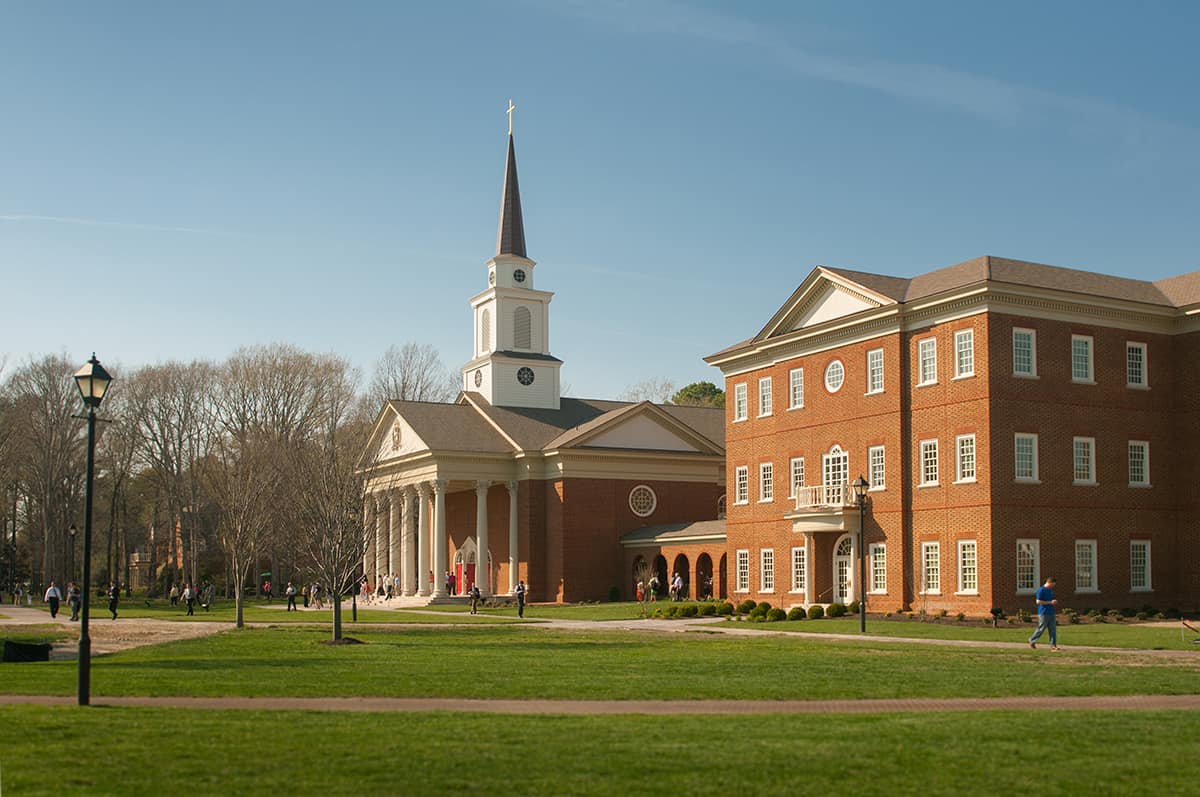
Nathan Tillett, MFA
Bio
Professor Nathan Tillett is a Hampton Roads native. Born in Norfolk, he attended Booker T. Washington high school. Growing up Professor Tillett has always been interested in art and animation, from drawing his favorite cartoon characters to creating stop motion animations with G.I. Joes and Lego’s he knew animation was for him. After high school, he was accepted into Regent University’s Animation Program as one of the first 12. After graduating in 2009, he went to work for a local government contracting company where he began designing training simulations for both military and non-military personnel. During this time Professor Tillett grew interest in the field of Visual Effects for TV & Film, he soon was accepted to The Academy of Art where he earned his MFA in Animation & Visual Effects. After graduation, he went to work for a local Production house where we worked as a visual effects artist on many music videos and independent films.
In 2014, Professor Tillett returned to Regent University where he began working for the Dean of the College of Arts and Sciences where he put his skills to use developing interactive learning modules for CAS and for Luxvera. A year later, Nathan moved over to the Center for Teaching and Learning. In 2016, he began teaching, as an Adjunct Instructor, teaching 3D character animation for the program. Now, Professor Tillett shares his skills and knowledge by teaching both 2D and 3D courses as well as Visual Effect workshops. He enjoys all forms of animation from old school to anime. From time to time you’ll find Professor Tillett engaged in gaming tournaments on campus with his fellow students. He currently lives in Chesapeake, VA with his wife Kimberly of 10 years and their two boys, Owen and Lennox, and their dog Becket.
Affiliations
AIGA, Adobe EdEx, Adobe Partners by Design
RESEARCH INTERESTS: VFX, AR, VR
TEACHING PHILOSOPHY
I am committed to providing a positive and productive work environment for my students. I stress the vital relationship between the “how,” the “what,” and the “why” leading students through the ideation process while simultaneously fostering their acquisition of skill and technique. I consider the classroom a community in which learning is co-created through interaction with content, process, peers, instructor and visiting artists. I strive to get to know each student as an individual and present opportunity for students to get to know and support each other. Group activities, peer mentorship, and guest speakers present opportunities for students to interact outside of a passive classroom environment, allowing them to build support systems and experience collaborative environments. Class critiques allow for valuable group interaction in which students learn how to articulate their ideas and form constructive criticism. By asking students questions during reviews, rather than giving them answers, I strive to allow students to think critically about their artwork and that of their peers. Throughout my courses, students are introduced to theory as it pertains to the content in which they are investigating, written responses and class discussion allow students to comprehend the broader context of animation in contemporary and historical culture, allowing them to view themselves as artists contributing to the same history. Through in-class assignments, research projects, reading and writing assignments, student presentations, visiting artist lectures and workshops, and group discussions, students begin to understand the more significant role of art and animation in our culture and to critically evaluate contemporary issues and concerns and develop their artistic vocabulary.
Awards
Certificate of Recognition, EuroSciCon, 2018


